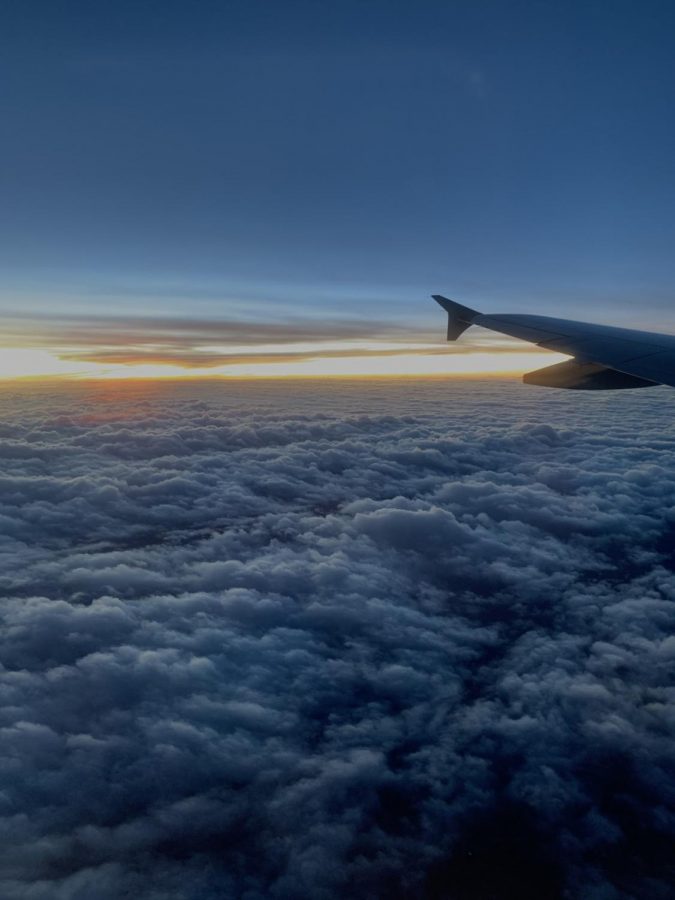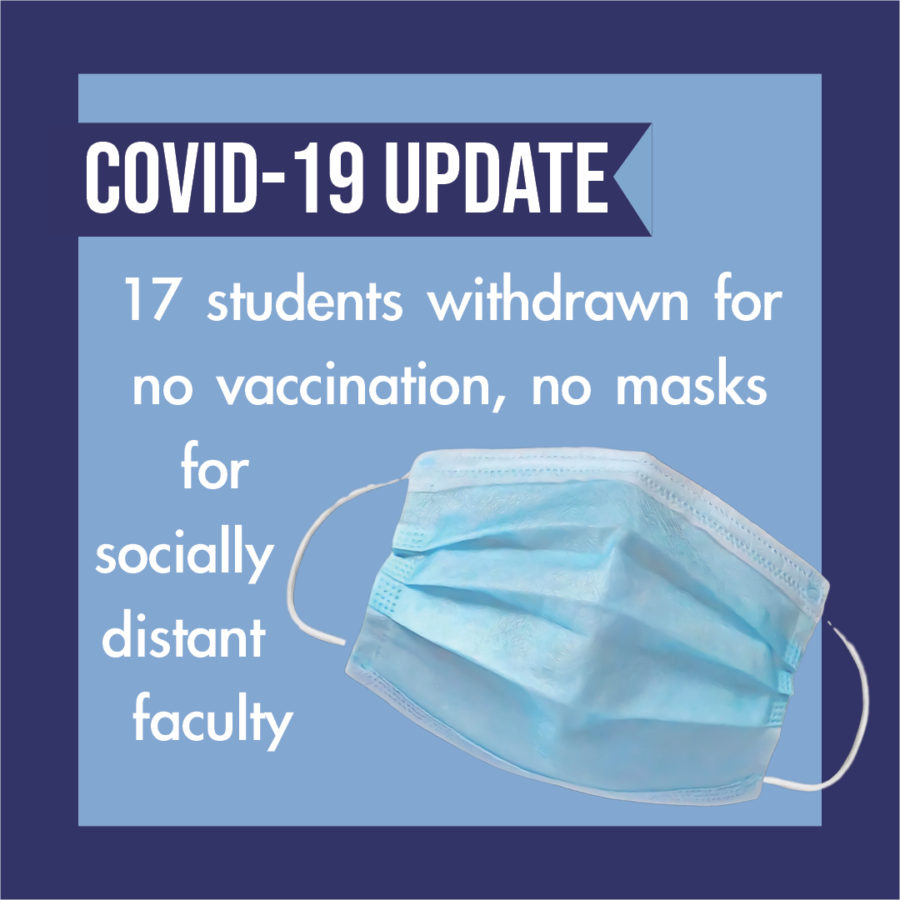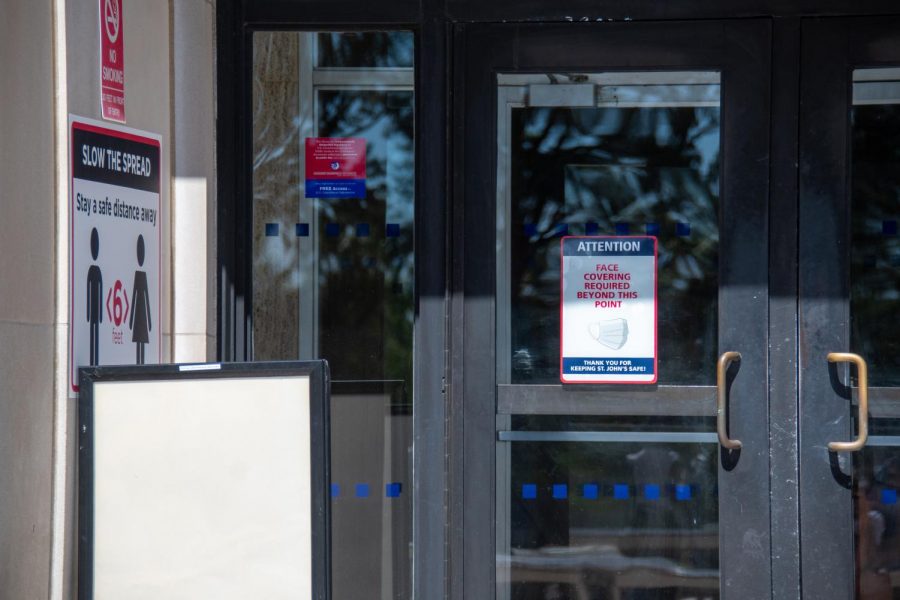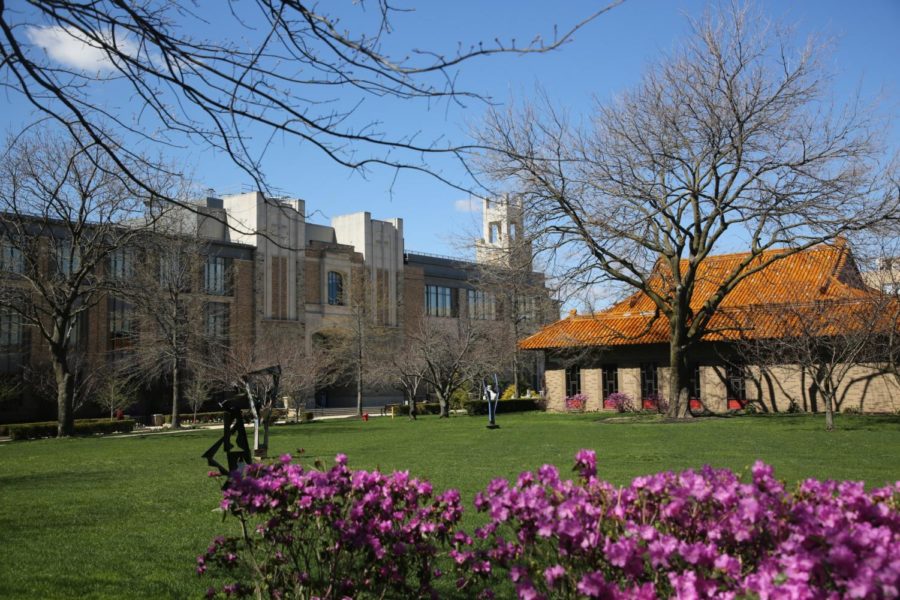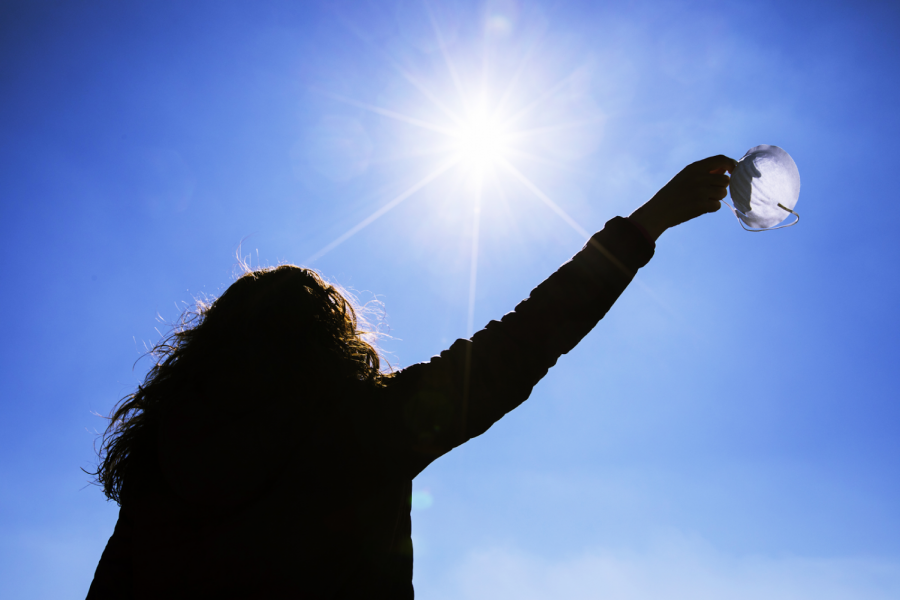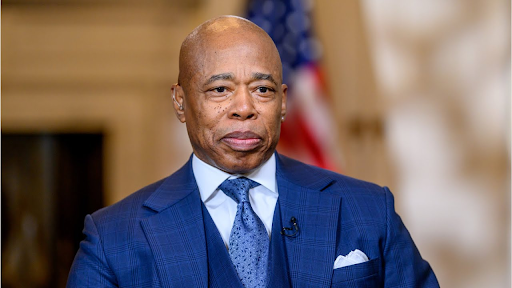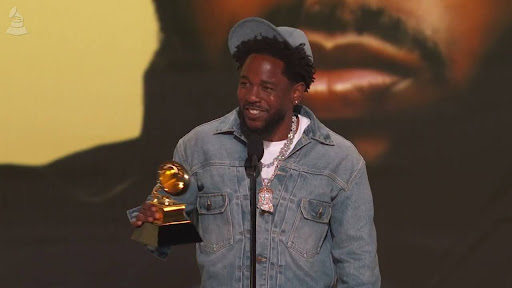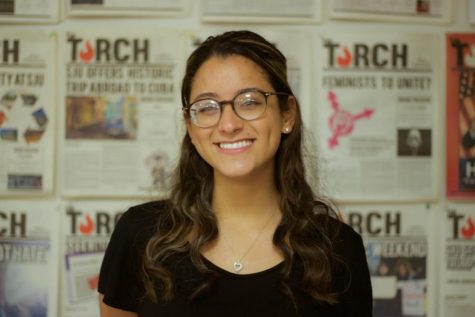I am sure I’m not the only one that wasn’t expecting the world around us to turn upside down due to the novel coronavirus. Had I known my returning flight from Savannah, Georgia, on the last day of spring break would have been my last time on a plane for a while, I might have cherished the uncomfortable seats and the views above the clouds just a little bit more.
Airports in general are my favorite places — weird, I know. I enjoy waking up early to catch a flight and the anticipation of going somewhere new. Flipping through overpriced magazines and grabbing a “free” bag of chips from the flight attendant were once things I didn’t think twice about. But now, it may not even be an option at all.
On May 4, JetBlue started requiring all passengers to wear a face mask during travel. The airline also announced that it would be streamlining its complimentary food and beverage service while temporarily suspending the sale of buy-onboard products (as someone who just turned 21, you can imagine that I was very disappointed to hear this). On April 13, Delta began blocking the middle seats in its cabins and also reduced the number of passengers on each flight to help ensure safer flying. Like many other airlines, American Airlines announced that beginning this month, it will be sanitizing plane cabins more thoroughly and more often.
All of these measures have been enacted to best ensure our safety, should we choose to travel at this time. However, many passengers are already finding that these restrictions and precautionary measures are flawed and are not being executed as planned. One passenger on an American Airlines flight from O’Hare International airport to Miami on May 10 told NBC News that their flight was more crowded than anticipated, with only 53 unoccupied seats — making it difficult to practice social distancing onboard. Will airlines truly be able to enforce the measures that they are putting in place?
As with everything else for the time being, many things are uncertain and left unknown. When will these temporary restrictions be lifted? What will the “new normal” of flying look like and how long will it last? When we arrive at our destination, will we have to self-quarantine?
Being in a long-distance relationship means my boyfriend and I expect to fly frequently during the year, especially since he lives in California. For me, flying from the epicenter of the pandemic in the United States to another hotspot, whether I choose to board a plane tomorrow or a month from now, is a terrifying thought. What will flying look like for New Yorkers? How will I know if I or someone else on my flight is lugging this virus from one coast to another? When will we reach the point where this won’t be a worry anymore?
The airline industry has long been an integral part of the economy of the United States, which is certainly why it received a $25 billion loan from the U.S. government just last month. We’re all dependent upon it in some way, shape or form; whether we’re looking forward to a loved one flying in to visit or looking to hop on a flight ourselves. While I have more questions than answers at the moment, I am hopeful. I am mostly hopeful that corporate greed does not come before the wellbeing of travelers who are expecting to arrive at their destination safely.
At this time last year, I don’t think anyone walking through John F. Kennedy International Airport thought that a year later they would have to wear a face mask in order to do so. They were likely more worried about catching their flight than they were about catching a virus. Before this I never worried about it too much, but I think airlines should have always been this considerate of the health of their customers — cleaning thoroughly and “more often” should not require the pressure of a global pandemic to pursue. Our next flying experience will certainly be much different than our last, but our outlook will hopefully have changed for the better.



